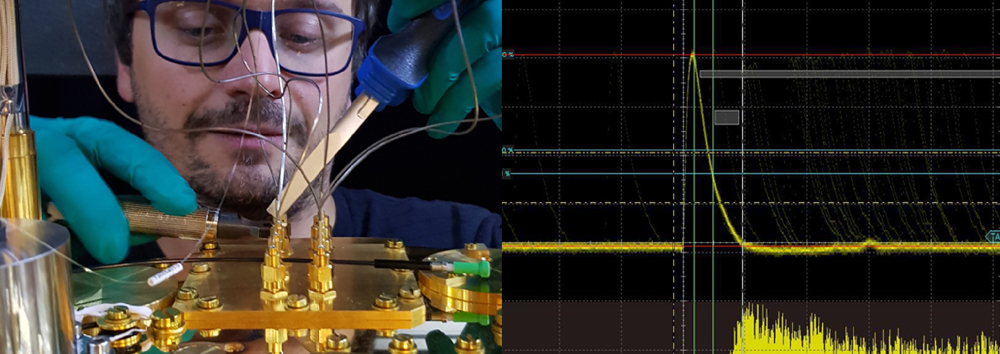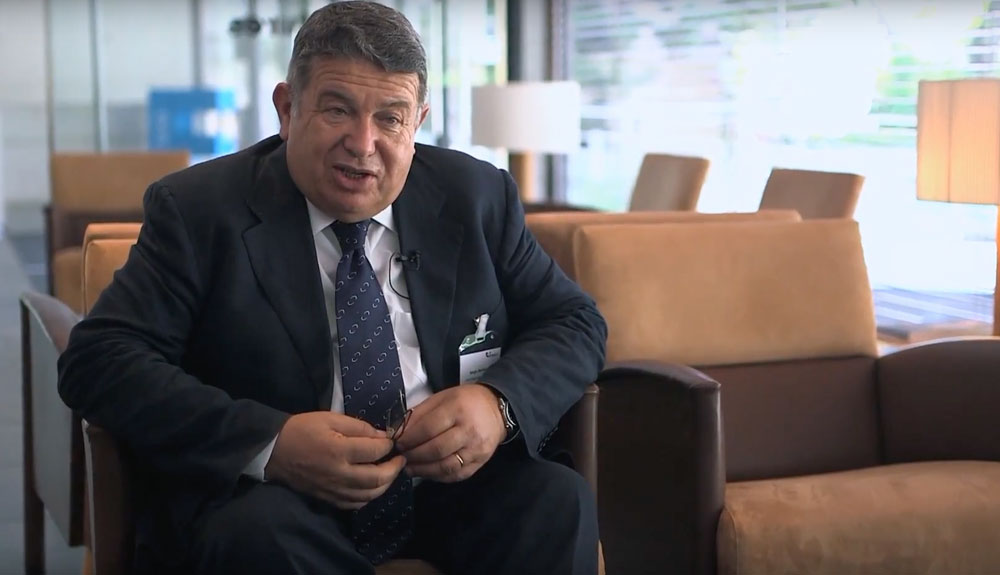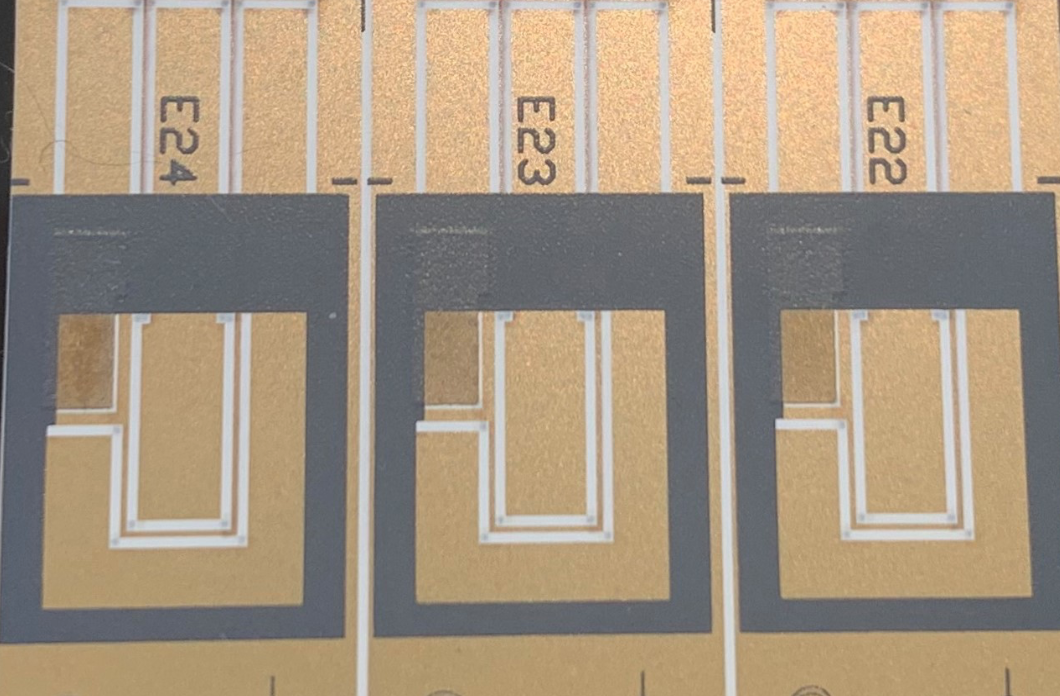What has the ATTRACT seed funding enabled you to do so far?
The ATTRACT seed funding of the project 3D Kinematics for Remote Patient Monitoring (RPM3D) has allowed us to explore the feasibility of remote monitoring in brain stroke rehabilitation based on the analysis of 3D movements captured with smart bands. Mainly, to ascertain to which extent the Kinematic Theory of Rapid Human Movement allows us to estimate the evolution of the motor system of patients after a stroke.
What challenges have you faced so far?
We are currently facing three different challenges:
- The first challenge is related to low-cost hardware. We aim to avoid the use of high-end clinical devices and make use of affordable common consumer electronics such as smartwatches or smart bands. Therefore, our first challenge is to validate whether we can obtain accurate data from a smartwatch or smart band for a proper kinematic analysis.
- Our second challenge is related to kinematic analysis. We aim to explore the suitability of the Kinematic Theory of Rapid Human Movement (proposed by R. Plamondon) for analyzing 3D movements captured with sensors in smart bands (accelerometer data, instead of x,y,z coordinates), and thus, monitor the behaviour of the neuromuscular system.
- Finally, our third challenge is related to scalability to continuous monitoring. We aim to properly analyse data in a continuous and non-constrained scenario (not only during rehabilitation sessions). This implies that the patient can wear the smartwatch 24/7, while data is continuously recorded. Thus, the system should be able to detect the key movements to be analysed, and also analyse the patient’s general state of rehabilitation.
Where does your ATTRACT journey go from here?
If we succeed, our application could be used for continuous remote patient monitoring during the rehabilitation stages, gaining clinical knowledge and thus improving rehabilitation efficiency and reducing healthcare costs. Therefore, we could reach the market with a service that would improve personalised medicine. Not only the resulting project would have a great impact in home care health and well-being, but it could offer an alternative or complement to costly rehabilitation sessions. Furthermore, if the project is successful, the (wearable-based) application could be used by a varied set of individuals in the risk of developing a certain pathology and thus open the window for early detection and diagnosis of other neuromuscular diseases.
Sum up in two sentences the advantages of the ATTRACT Programme over other research funding schemes.
The ATTRACT Programme is allowing us to implement a proof of concept to explore the full potential of our solution and thus orient it to market with an effective technology transfer strategy.
For more information
Visit the RPM3D project site.
©RPM3D What has the ATTRACT seed funding enabled you to do so far? The ATTRACT seed funding of the project 3D Kinematics for Remote Patient Monitoring (RPM3D) has allowed us to explore the feasibility of remote monitoring in brain stroke rehabilitation based on the analysis of 3D movements captured with smart bands. Mainly, to ascertain […]



